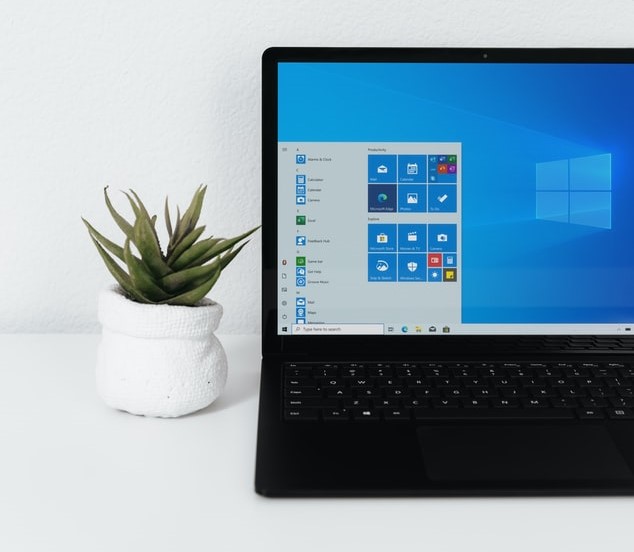Operating System ( CS-405 )
( CS- 4th Sem )

Objective
The purpose of this subject is to cover the underlying concepts Operating System. This syllabus provides a comprehensive introduction of Operating System, Process Management, Memory Management, File Management and I/O management
Course Outcomes
After Completion of this Course students can:
- Understand concepts of Operating Systems.
- Get overview of File Systems.
- Understand concepts of CPU Scheduling.
- Understand concepts of Memory Management.
- Understand concepts of Input / Output.
- Understand concepts of Distributed and Multiprocessor Operating Systems.
Course Content
Main Contents of this course which students needs to learn are:
- Function, Evolution, Different Types, Desirable Characteristics and features of an O/S, Operating Systems Services: Types of Services, Different ways of providing these Services – Utility Programs, System Calls.
- File Concept, User’s and System Programmer’s view of File System, Disk Organization, Tape Organization, Different Modules of a File System, Disk Space Allocation Methods – Contiguous, Linked, Indexed. Directory Structures, File Protection, System Calls for File Management, Disk Scheduling Algorithms.
- Process Concept, Scheduling Concepts, Types of Schedulers, Process State Diagram, Scheduling Algorithms, Algorithms Evaluation, System calls for Process Management; Multiple Processor Scheduling; Concept of Threads.
- Memory Management: Different Memory Management Techniques – Partitioning, Swapping, Segmentation, Paging, Paged Segmentation, Comparison of these techniques, Techniques for supporting the execution of large programs: Overlay, Dynamic Linking and Loading, Virtual Memory – Concept, Implementation by Demand Paging etc.
- Principles and Programming, Input/Output Problems, Asynchronous Operations, Speed gap Format conversion, I/O Interfaces, Programme Controlled I/O, Interrupt Driven I/O, Concurrent I/O.
- Real and Virtual Concurrency, Mutual Exclusion, Synchronization, Inter- Process Communication, Critical Section Problem, Solution to Critical Section Problem : Semaphores – Binary and Counting Semaphores, WAIT & SIGNAL Operations and their implementation. Deadlocks: Deadlock Problems, Characterization, Prevention, Avoidance, Recovery.
- Introduction to Network, Distributed and Multiprocessor Operating Systems. Case Studies: Unix/Linux, WINDOWS and other Contemporary Operating Systems.
Book References
Some books which will help you to learn this course:
- Andrew S. Tanenbaum, “Modern Operating Systems”, 3/e, Prentice Hall.
- Maurice J. Bach, “ The Design of Unix Operating System”, Prentice Hall of India.
- Bovet & Cesati, “Understanding the Linux Kernel”, O’Reily, 2/E
List of Programs
Some programs list which you will be able to solve after completion of this course:
- Write a program to implement FCFS CPU scheduling algorithm.
- Write a program to implement SJF CPU scheduling algorithm.
- Write a program to implement Priority CPU Scheduling algorithm.
- Write a program to implement Round Robin CPU scheduling algorithm.
- Write a program to compare various CPU Scheduling Algorithms over different Scheduling Criteria.
- Write a program to implement classical inter process communication problem(producer consumer).
- Write a program to implement classical inter process communication problem(Reader Writers).
- Write a Devices Drivers for any Device or pheriperal.
- Write a program to implement Banker’s algorithms
- Write a program to implement Remote Proccedure Call(RPC).
- Write a program to implement & Compare various Disk & Drum scheduling Algorithms.
Cousre Notes
For "Course Notes" you can refer our Notes Section for 2nd Year( Click Here )
